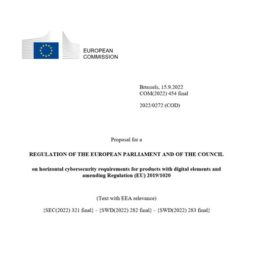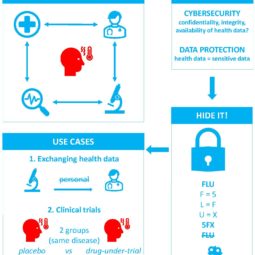Council Adopts NIS2
On Monday, 28 November 2022, the Council adopted the NIS2 Directive, which will now be published in the Official Journal of the EU in the coming days to entry into force. Member States will then have 21 months from the entry into force to transpose the Directive into national law.


